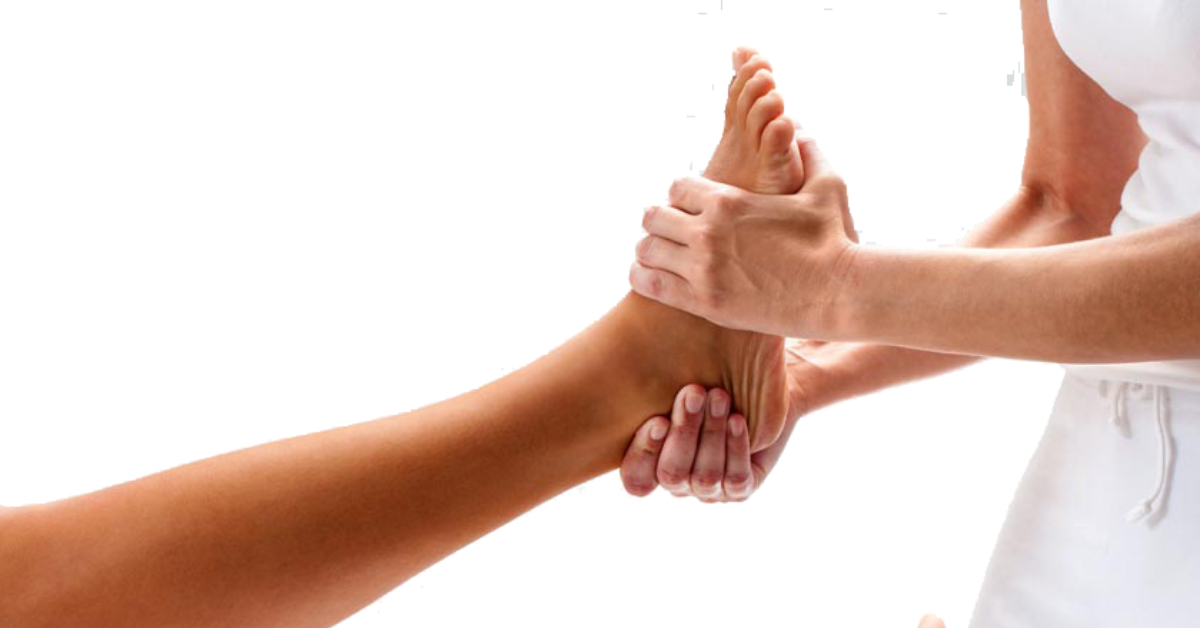There are many theories in the world today that can explain how reflexology works. It all began with Zone Theory, which recognized reflexology as a specific type of treatment. According to this theory, the human body is divided into ten vertical zones. Each of these zones corresponds to toes and fingers all the way to the head. Let’s say you’re standing with hands on your thighs and palms facing down.
The great toe and thumbs would constitute Zone 1. Your index finger and second toe on either side of your body would be a part of Zone 2. In this way, other parts of your body are placed under the remaining zones. Every part of your body that is within a specific zone can be accessed via its corresponding point. These points are located on your feet or hands. Now, here’s how reflexology works on a human body:
1. Reflexology works with the central nervous system
This theory is based on the research that was done by Sir Henry Head and Sir Charles Sherrington in the 1890s. They had started showing through their research that there’s a certain neurological relationship between the skin and internal organs. It was also observed by them that the whole nervous system adjusted to a stimulus.
According to the theory, a calming message could be sent from the peripheral nerves to the central nervous system. This was to be done by applying pressure to feet, hands, or ears. Once the message was sent, it signalled the body to adjust the tension level.
This process brings the internal organs and their systems into an optimally functioning state. Besides, it enhances blood supply and helps in overall relaxation. The process also positively affects the respiratory, circulatory, endocrine, neuropeptide, and immune systems.
2. Reflexology lessens pain by reducing stress and improving mood
There’s another theory called the ‘Neuromatrix Theory of Pain’. It explains how reflexology can help in relieving an individual’s pain. The theory suggests that pain is a subjective experience, which is created by the brain. It is the response of the brain to the sensory experience of pain. However, it can also work independently of the inputs given by the sensory organs.
The brain can also create the experience of pain as a response to cognitive or emotional factors. According to the neuromatrix theory of pain, reflexology may reduce stress and improve an individual’s mood, thereby reducing pain.
3. Reflexology keeps the vital energy of the body flowing
Gate Control Theory is another theory that explains how reflexology can provide relief from pain. This theory has revolutionized the way pain is understood. Reflexologists can use this theory for providing relief to their clients during the sessions. The gate control theory also recognizes that there is ‘vital energy’ in the human body. This is also known as ‘qi’, pronounced as ‘chee’, in Chinese traditions.
In the yogic traditions of India, it’s called ‘prana. If stress is not addressed, it leads to congestion of this vital energy. This can certainly cause inefficiencies in the body, leading to various illnesses. Reflexology can help in maintaining an unobstructed flow of your body’s vital energy. This is good for the overall well-being of your body as well as your mind.


